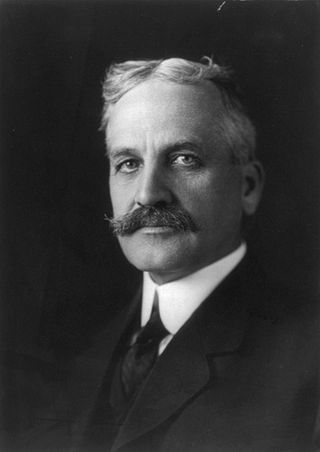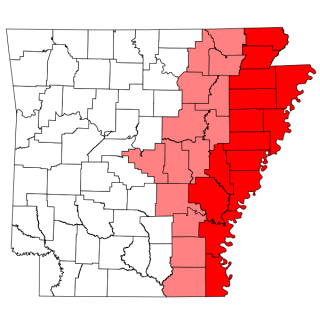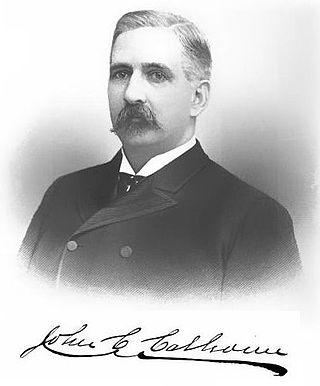
Desha County is a county located in the southeast part of the U.S. state of Arkansas, with its eastern border the Mississippi River. At the 2020 census, the population was 11,395. The county seat is Arkansas City.

Chicot County is a county located in the southeastern corner of the U.S. state of Arkansas. As of the 2020 census, the population was 10,208. The county seat is Lake Village. Chicot County is Arkansas's 10th county, formed on October 25, 1823, and named after Point Chicot on the Mississippi River. It is part of the Arkansas Delta, lowlands along the river that have been historically important as an area for large-scale cotton cultivation.

Arcola is a town in Washington County, Mississippi. The population was 304 at the 2020 census, down from 361 at the 2010 census.

Peon usually refers to a person subject to peonage: any form of wage labor, financial exploitation, coercive economic practice, or policy in which the victim or a laborer (peon) has little control over employment or economic conditions. Peon and peonage can refer to both the colonial period and post-colonial period of Latin America, as well as the period after the end of slavery in the United States, when "Black Codes" were passed to retain African-American freedmen as labor through other means.

The Mississippi Delta, also known as the Yazoo–Mississippi Delta, or simply the Delta, is the distinctive northwest section of the U.S. state of Mississippi that lies between the Mississippi and Yazoo rivers. The region has been called "The Most Southern Place on Earth", because of its unique racial, cultural, and economic history. It is 200 miles (320 km) long and 87 miles (140 km) across at its widest point, encompassing about 4,415,000 acres (17,870 km2), or, almost 7,000 square miles of alluvial floodplain. Originally covered in hardwood forest across the bottomlands, it was developed as one of the richest cotton-growing areas in the nation before the American Civil War (1861–1865). The region attracted many speculators who developed land along the riverfronts for cotton plantations; they became wealthy planters dependent on the labor of people they enslaved, who composed the vast majority of the population in these counties well before the Civil War, often twice the number of whites.

Lake Chicot is a lake adjacent to the Mississippi River. The lake is located on the east side of Lake Village, Arkansas in Chicot County. It is the largest oxbow lake in North America, as well as the largest natural lake in Arkansas.

The history of the state of Mississippi extends back to thousands of years of indigenous peoples. Evidence of their cultures has been found largely through archeological excavations, as well as existing remains of earthwork mounds built thousands of years ago. Native American traditions were kept through oral histories; with Europeans recording the accounts of historic peoples they encountered. Since the late 20th century, there have been increased studies of the Native American tribes and reliance on their oral histories to document their cultures. Their accounts have been correlated with evidence of natural events.

LeRoy Percy was an American attorney, planter, and Democratic politician who served as a United States Senator from the state of Mississippi from 1910 to 1913.

Austin Corbin was a 19th-century American banking and railroad entrepreneur. He consolidated the rail lines on Long Island, bringing them under the profitable umbrella of the Long Island Rail Road (LIRR).

The Arkansas Delta is one of the six natural regions of the state of Arkansas. Willard B. Gatewood Jr., author of The Arkansas Delta: Land of Paradox, says that rich cotton lands of the Arkansas Delta make that area "The Deepest of the Deep South."

Lakeport Plantation is a historic antebellum plantation house located near Lake Village, Arkansas. It was built around 1859 by Lycurgus Johnson with the profits of slave labor. The house was restored between 2003 and 2008 and is now a part of Arkansas State University as a Heritage site museum.

Mary Grace Quackenbos Humiston (1869–1948) was the first female Special Assistant United States Attorney. She was a graduate of the New York University School of Law and was a leader in exposing peonage in the American South. She was also known for a short time as "Mrs. Sherlock Holmes", starting with her work solving the cold case of Ruth Cruger who disappeared in New York in 1917.
Lycurgus Johnson (1818–1876) was an American cotton planter and large slaveholder in the Arkansas Delta during the antebellum years. Born to the powerful political and planter Johnson family in Scott County, Kentucky, he became the owner and developer of the Lakeport Plantation in Chicot County, Arkansas. It bordered the west bank of the Mississippi River.
Isaac H. Hilliard (1811-1868) was an American planter and cotton factor in the Antebellum South. He was an advocate of the Confederate States of America. During the American Civil War of 1861–1865, he moved his family slaves to Texas and later Louisiana. After the war, he was pardoned by President Andrew Johnson and liquidated his cotton-factoring business. His Arkansas plantation was inherited by his sons.
Elisha Worthington was an American planter and large slaveholder in the Antebellum South. He was the owner of the Sunnyside Plantation in Chicot County, Arkansas.
The Florence Plantation was a former cotton plantation and is a historic site, located in the community of Harwood in Chicot County, Arkansas.

John Caldwell Calhoun II (1843–1918) was an American planter and businessman. He was a large landowner in Chicot County, Arkansas, and a director of railroad companies. He was a prominent financier and developer of the "New South".
There was a historical trend of immigration of Italians into the U.S. state of Arkansas in the 19th and 20th centuries.

Sweet Hope (2011), an award-winning historical novel by Mary Bucci Bush, tells the story of Italian immigrants living in peonage on a Mississippi Delta cotton plantation in the early 1900s. It was inspired by the experiences of Bush's grandmother, Pasquina Fratini Galavotti, who worked on the Sunnyside Plantation in Arkansas as a child.
Pietro Bandini was an Italian Catholic priest and missionary to the United States who was prominent in the Italian American community. He began his career as a Jesuit missionary in the Western United States, where he worked with Native American tribes, and went on to establish the Saint Raphael Society for the Protection of Italian Immigrants and Our Lady of Pompeii Church in New York City. He led a group of Italians to Sunnyside Plantation in Arkansas in the hopes of establishing an immigrant colony and later founded the city of Tontitown with them. For his work on immigration, he was lauded by Pope Pius X and the Queen Mother Margherita.















